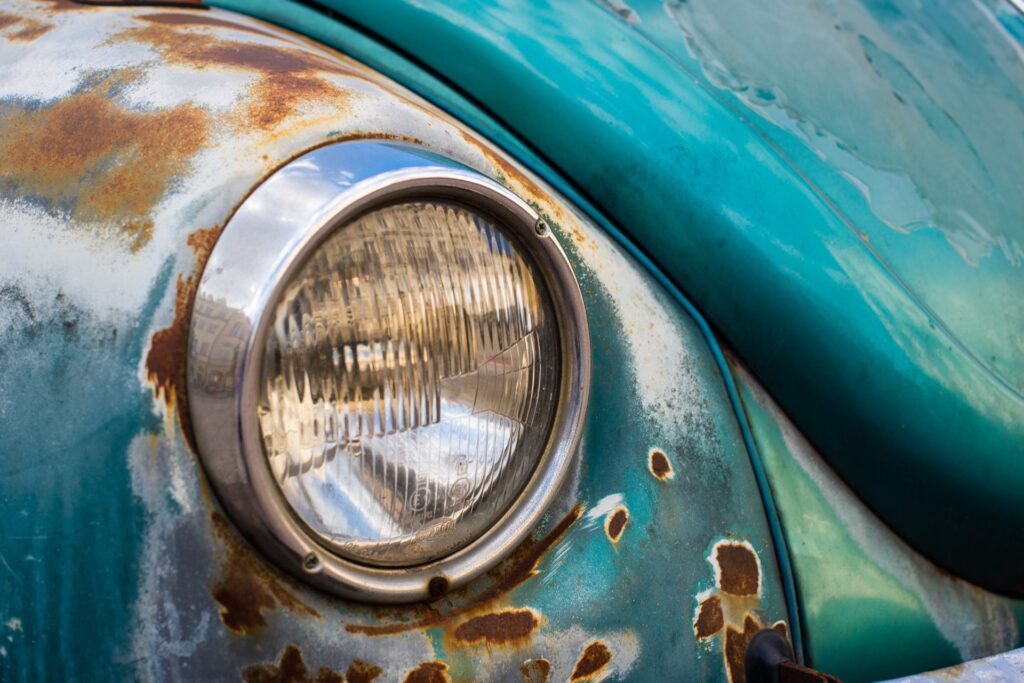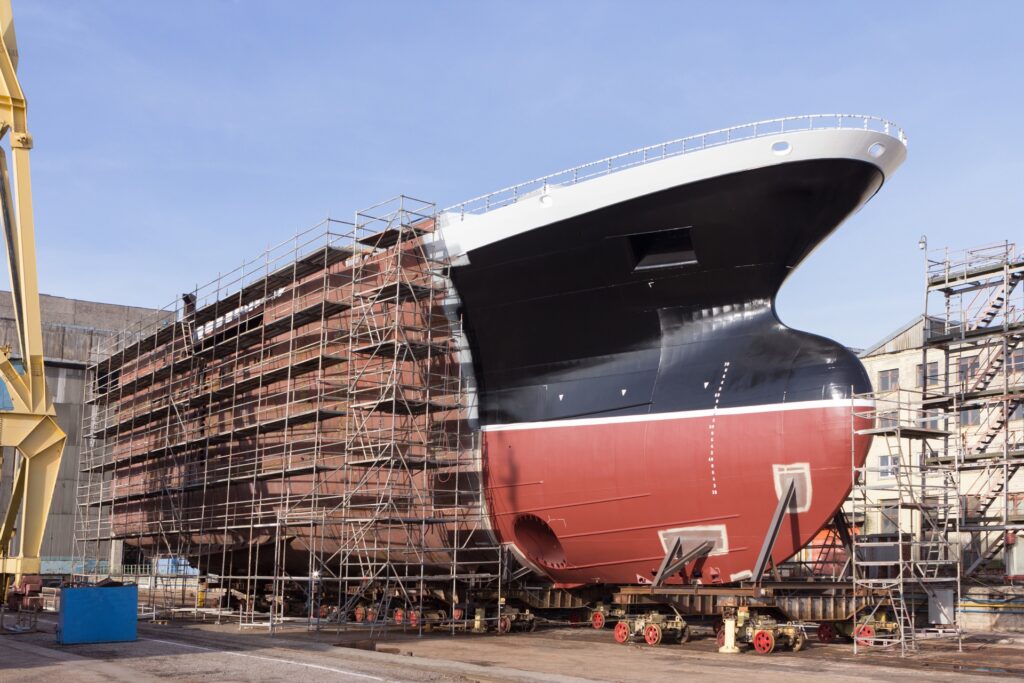While it would be ideal if materials lasted forever, that’s simply not the case, but they can last longer. Corrosion, or material deterioration caused by environmental interactions, is one of the biggest challenges to overcome for increasing longevity when it comes to metal. While corrosion will always happen over time, there are corrosion prevention practices that you can use to help materials last for as long as possible.
What Are the Main Types of Corrosion?
There are actually 5 different kinds of corrosion:
- Galvanic corrosion
- Crevice corrosion
- Microbial corrosion
- High-temperature corrosion
- Pitting corrosion
Out of these, galvanic corrosion (more commonly known as “rust”) is by far the most prevalent and will be found on most materials that oxidize given enough time.
Crevice corrosion is also seen quite frequently and can be identified most often when water or other fluids get trapped in crevices and slowly erode away at materials.
Microbial corrosion can generally be identified through plant life like moss on materials to which the microbes and plant life are attracted to.
High-temperature corrosion is fairly self-explanatory in that in high temperatures, the material (commonly metal) will deteriorate.
Finally, pitting corrosion appears as holes or cavities occur via deterioration. This type of corrosion is most problematic in piping as it can cause major leaks or damage if left unchecked.
How Protective Coatings Can Prevent Corrosion
To prevent corrosion from occurring, one of the strategies that can be employed includes simply adding another protective layer to the material that acts as a sort of shield. Typically, this is added through paint or applied by dipping the material in a protective coating before assembly. As a result, this layer prevents oxidization from occurring.
However, the coating is often still susceptible to damage from the elements over time and may need to be reapplied for maximum effectiveness.
How Environmental Precautions Can Prevent Corrosion
If possible, creating sealed or insulated areas where the material in question has either very little or no chance of corroding can be a very effective way to make it last as long as possible.
Out of all the options on this list, this is likely the one that’s the most challenging to use as a strategy for the material. The cost to create the environment, and the additional challenge of maintaining the environment can be tough to sustain and preserve, especially if there are gases or pressure that need to be kept up.
That being said, there are still simple, effective solutions to implement this prevention method. For instance, creating a structure or object where the material is placed out of the way of the most damaging weather to it like rain or seawater can increase its longevity.
How Sacrificial Coatings Can Prevent Corrosion
As a final method for preventing corrosion, sacrificial coatings can be placed on materials to keep them in their best shape for longer. As the name implies, these coatings “sacrifice” themselves by oxidizing instead of the material they’re trying to protect. This is achieved either through cathodic protection or anodic protection and can create some of the most lasting results, but requires specialized equipment to do effectively.
Overall, there are many ways that corrosion can be prevented for materials to last as long as necessary.
Need your materials to last as long as possible for your next project? We offer a wide range of top-quality materials designed to last.

